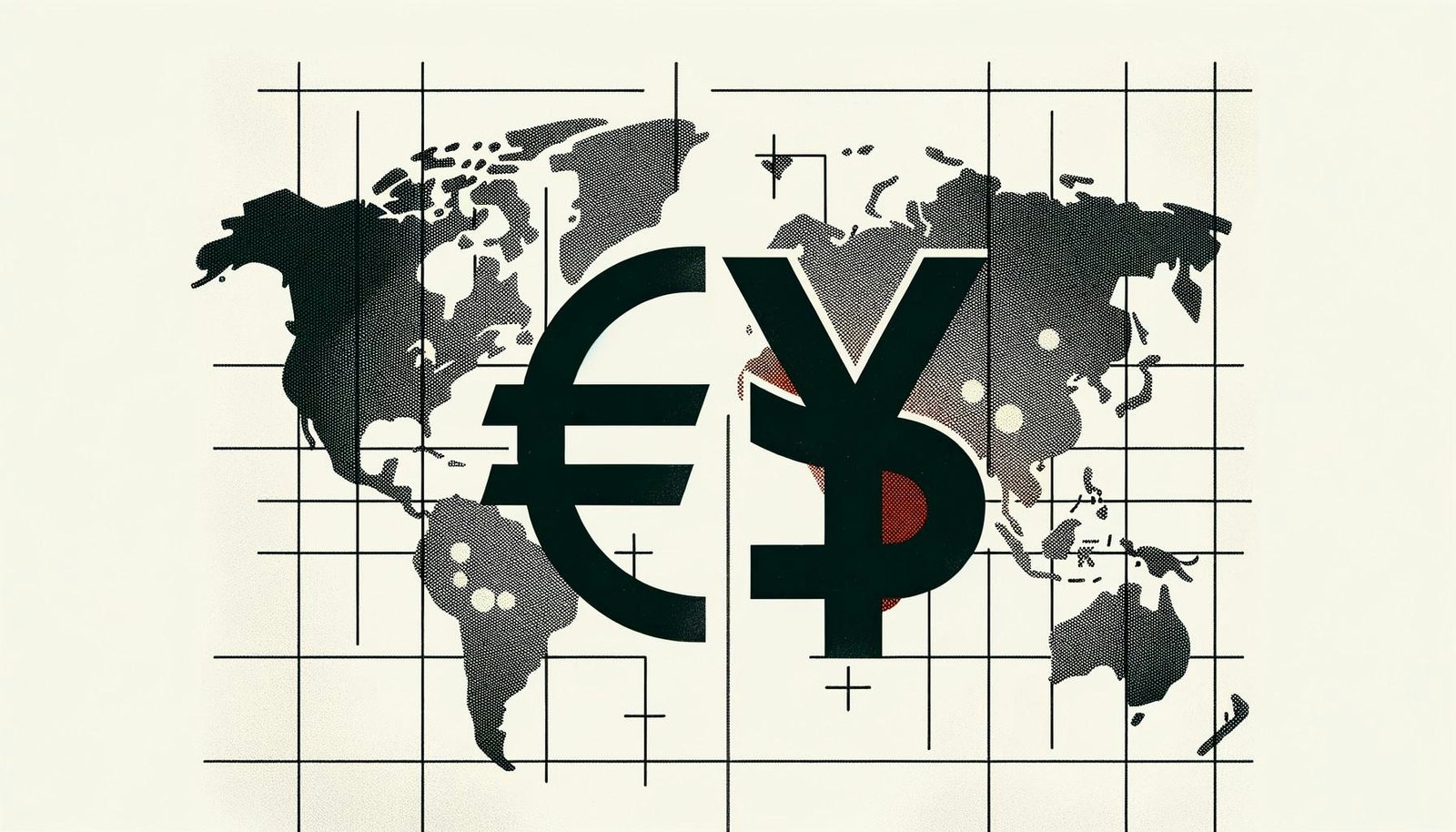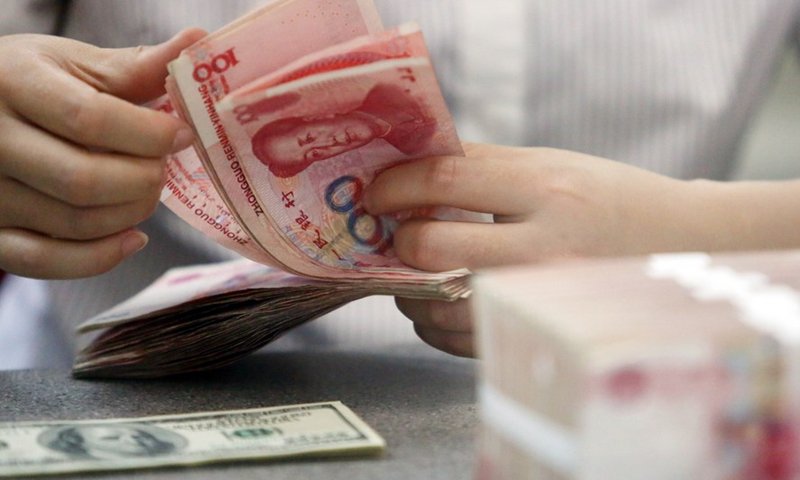What Is a Qualified Foreign Institutional Investor (QFII)?
The Qualified Foreign Institutional Investor (QFII) is a program that allows specified licensed international investors to participate in mainland China’s stock exchanges.
Introduced by the People’s Republic of China in 2002, the program gave foreign institutional investors access to trade on the Shanghai and Shenzhen stock exchanges for the first time, overcoming the country’s tight capital controls. Over the years, QFII quotas were expanded and restrictions eased to attract more foreign investment into China’s markets.
Key Takeaways
- The Qualified Foreign Institutional Investor (QFII) program lets licensed international investors trade on China’s stock exchanges.
- Established in 2002, QFII allows investing in yuan-denominated “A” shares, with initial quotas set to control foreign investment levels.
- Quota restrictions were eliminated in 2019, enhancing foreign access to Chinese markets.
- In 2016, the CSRC began easing QFII requirements, removing asset management experience and AUM criteria for participation.
- The Renminbi Qualified Foreign Institutional Investor (RQFII) program allows direct investment without currency conversion, unlike QFII.
How the Qualified Foreign Institutional Investor (QFII) System Works
With the launch of the Qualified Foreign Institutional Investor (QFII) program in 2002, licensed institutional investors were allowed to purchase and sell yuan-denominated “A” shares, which are shares of mainland China-based companies. However, specified quotas constrained foreign access to these shares. The Chinese government used these quotas to regulate the amount of money that licensed foreign investors could invest in China’s capital markets.
The QFII program quota was increased from $30 billion to $80 billion in April 2012, a decade after the program launched. The quotas are granted by China’s State Administration of Foreign Exchange (SAFE), and the quotas can be changed at any time in response to the country’s current economic and financial conditions. In an effort to attract more foreign investment, SAFE announced it was eliminating quota restrictions in Sept. 2019.
The type of investments that can be traded as part of the QFII system includes listed stocks (but excludes foreign-oriented shares), treasury bonds, corporate debentures, convertible bonds, and other financial instruments as approved by the China Securities Regulatory Commission (CSRC).
Fast Fact
In 2019, nearly 300 overseas institutions had received QFII quotas totaling roughly $111.4 billion.
Eligibility Criteria for Qualified Foreign Institutional Investors (QFII)
When the CSRC first launched the QFII program in 2002, it mandated that certain prerequisites had to be met for investors to be accepted into the program. The CSRC determined these qualifications by the type of institutional investor who applied for a license, such as a fund management company or insurance business.
For example, fund management companies had to have at least five years of asset management experience and at least $5 billion of assets under management during the most recent accounting year. A certain amount of foreign currency, transferred and converted to local currency, was also mandatory for approval.
Starting in 2016, the CSRC began a series of reforms to the QFII program with the goal of attracting more foreign capital. The CSRC began to loosen investor qualifications for the QFFI program. In 2019, the CSRC announced simplified rules that removed the assets under management (AUM) criteria and years of experience needed by foreign investors.
Comparing QFII and RQFII: Key Differences
In December 2011, the CSRC launched the RQFII program, which, like QFII, lets foreign investors invest in China’s stock exchanges.
There are differences between the RQFII program and the QFII program, most of which have to do with easing restrictions on investors that made accessing the QFII program difficult. QFII participants must convert foreign currency to renminbi before investing in Chinese securities, while RQFII participants can invest directly without currency conversion.
Important Considerations for QFII Participants
Prior to June 2018, foreign institutions invested in China’s stock or bond markets through the QFII program could only repatriate up to 20% of its investments every month. Also, each time a QFII participant sought to move money out of China for the first time, they were prevented from doing so by a three-month “lock-up” restriction. However, that has now changed.
In mid-June 2018, China removed the 20% remittance ceiling and three-month lock-up period for QFII participants and now allows hedging to manage forex risks.
These new rules, along with the lifting of quota restrictions, are seen as China’s attempts to make trading in their bond and stock markets more widely accepted among international investors. In 2019, China’s securities regulator announced plans to eventually combine the QFII and RQFII programs as part of its reforms to increase foreign investor participation.
What Is a Qualified Domestic Institutional Investor (QDII)?
QDII is a designation started in China in 2006 that allows five types of Chinese entities to invest abroad in non-Chinese markets: insurance companies, banks, trust companies, funds, and securities firms.
What Did the Qualified Foreign Institutional Investor (QFII) Designation Do?
Prior to 2002, investors from foreign nations were prevented from buying and selling stocks on Chinese exchanges. The QFII program lifted these tight capital controls and gave some foreign institutional investors the authorization to trade on the Shanghai and Shenzhen exchanges.
How Can U.S. Individuals Invest in Chinese Stocks?
Individuals cannot qualify as QFII. Therefore, the easiest way for American investors to access Chinese stocks is to look for ADRs of Chinese companies listed on U.S. exchanges or via ETFs that track Chinese markets.
The Bottom Line
The QFII program opened China’s domestic stock exchanges to international investors, giving them access to yuan-denominated “A” shares that were once off-limits. Over time, reforms such as lifting quota restrictions in 2019 and easing remittance limits have made the program more flexible and attractive.
Alongside QFII, the RQFII program further simplified access by allowing direct investment without the need for currency conversion. Recent changes, like removing assets-under-management requirements, reflect China’s effort to make its market more open and appealing to foreign capital.







